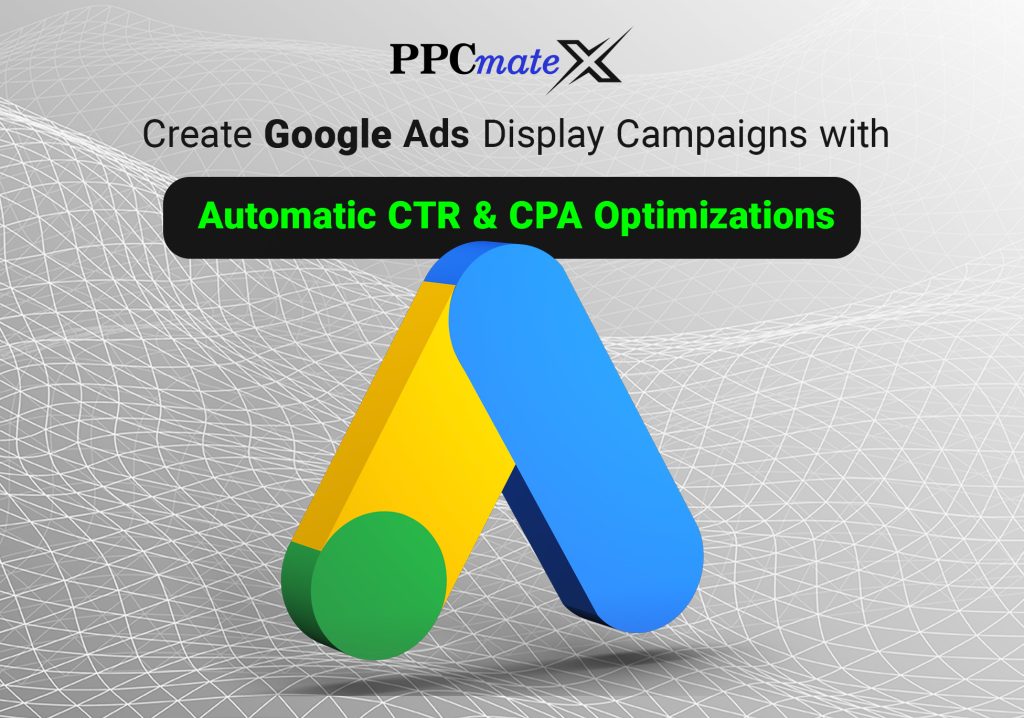Many content companies have responded by trying harder to cultivate relationships with readers, but site owners are also under pressure to demonstrate measureable returns on ad placements. Advertisers are raising concerns about ad “viewability”– the likelihood of an ad actually being seen by a human being. The days when publishers could rely on ad impressions are rapidly coming to a close. Traditional metrics are simply too imprecise to be useful measurements of an ad’s effectiveness.
Meeting these challenges requires creating a “win-win-win” scenario for all industry stakeholders: website owners, advertisers and audiences
I recently spoke with Imonomy’s CEO, Oren Dror, about the state of the content monetization ecosystem and the need for better solutions.
What does Imonomy do, and how does it help publishers monetize their content?
Imonomy, a leading in-image advertising platform, has developed a solution that helps publishers meet this challenge. Its viewability optimization feature analyses participating publishers’ sites and dynamically places ads, based on which ad inventory slots drive the most views.
This new feature is already showing promising results. Throughout Imonomy’s beta release, and after it made the viewability optimization feature available to all publishers in September, the company has seen participating publishers’ revenues increase by as much as 15 to 20 percent.
Related: How Ad Blockers Benefit Both Consumers and Advertisers
Why is the online publishing industry still focused on ad impressions and not more on earning people’s attention with ad content that delivers real value to readers? What role does an in-image platform play in the long-term?
Clearly the industry must measure results based on viewability and relevance, rather than simple ad impressions.
Publishers understand the importance of the broader ecosystem and are increasingly adopting highly engaging ad tech innovations that improve ad experiences, increase engagement and boost revenues.
In-image ads provide a viable long-term model for ads that deliver real value for readers. Our solution delivers relevant and engaging offers that consumers will actually see.
Content paywalls don’t seem to be effective, and consumers are wary of sponsored content that lacks credibility. Do you think publishers need to make a stronger case for the usefulness of ads when it comes to keeping the internet free?
Yes, you said it yourself: Content isn’t really free. It has a cost.
But if publishers are to make a strong case for ad-supported content, they must do everything they can to offer better ad experiences. They must provide users with ads that are relevant and non-intrusive.
We strongly believe that if the industry adopts a more audience-centric approach, readers will be far more willing to accept ads in exchange for content. Audiences are a crucial part of the industry ecosystem.
Related: Media Houses Are Blocking AdBlockers – And You Should Be Worried
To what extent do you believe advertisers and media buyers are responsible for the rise of ad blockers?
Publishers want better revenue sources in the competitive online environment. As a result, they often place as many ad units on a page as they can, sometimes including intrusive ad formats that are supposed to increase their income.
While this monetization strategy may have worked years ago, it just isn’t going to cut it anymore. Users are no longer willing to put up with poor ad experiences, and they’re fighting back with ad blockers.
Improving ad quality is equally important. Publishers need to improve tracking, quality assurance for brand safety with trusted partners, and adopt industry best practices to improve the user experience.
Related: Dear Zuckerberg: You Cannot Stop Ad Blocking. No One Can.
What are some of the more surprising insights that you’ve learned about better ad placements?
We’ve found time and time again that when ads are dynamically placed to maximize viewability, users are far more likely to engage. Remember, advertisers won’t pay for ads that aren’t capable of being seen.
Publishers and advertisers often assume that above-the-fold ads are most viewable but, in many cases, ads placed in the middle of the page are far more engaging. This is because readers who scroll down tend to be more engaged.
Interestingly, in-image ads located on the bottom of mobile web pages often have the highest viewability and engagement rates.
Optimizing for the ecosystem
By shifting their focus from simple ad impressions to ads that consumers actually see, publishers and advertisers have realized that they can earn higher revenues while delivering compelling experiences to their audiences.
Clearly, what works for one site and one audience won’t necessarily work for others. However, all publishers and advertisers can create the optimal experiences for their audiences, using viewability optimizations and, in the process, earn more sustainable revenues.
___
by MATTHEW TOREN
source: Entrepreneur









